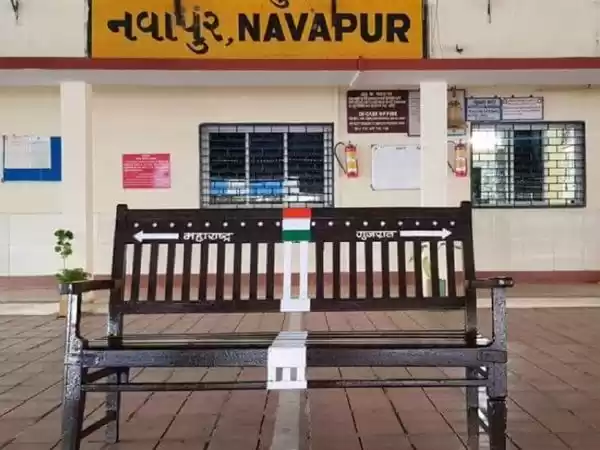If there were places that could question your notion about life, the ancient towns of Lothal and Dholavira are such places. Flourished and devastated with time, these cities are proof of uncharted power of time and unaltered hope of humanity.
Born and raised by the very river that gave this country it’s name, these towns were part of much larger and developed civilization- The Harappa Civilization. And like every Harappan town, they too had surprisingly efficient urban planning schemes and infrastructure. They were connected by other cities through Indus river systems and had huge ports for transportation of marterials produced and manufactured here, wchich was indeed their source of income.
But what made these places immortal was not the wealth or power they perceived, but the vision they had; for they had forseen themselves as far more mature society than rest of the world. These visions for the future made those people to construct a world that would learn, not fight; progress, not regress; to a world we see today- As the cities may have lost, the people may have gone, but their knoweldge and legacy continued, generation after generation, moulding the very history we come from.

Dholavira is located in Kutch region of Gujarat on an island inside The Rann of Kutch Lake. The journey to Dholavira is as beautiful as the town itself. It goes through the wonderful white desert of Kutch and there are instants where all the things in the world fades away and there are just you and your car and your road going to infinity. Dholavira is famous for its vast excavated site and wonderful water harvesting systems, one of the firsts in the world. Locally, it is known as Kotada Timba and is located at Khadir Bet island of Rann of Kutch Lake.
The entrance to the town is from the riverside port where once there was a river but today it's just the entrance pillars and river valley looking helpless against manner of time. But you can see the blue lines of water flowing through time, you can hear the music of ships, the noise of markets, and you realize the very steps you are taking were once entrance to a magnificent era, opening to a new world. The town itself, built in a citadel manner, surprises you with its astonishing planned streets and startling scale. As we go through the markets, dwellings, palaces and ports, we realize the people living here would be more civilized at that time than the societies today- for they had created facilities like sewage system, street layouts etc that we generally do not find in our cities.
After climbing a few ancient structures and roaming around the harappan era, we can go and see the Dholavira museum and even more surprise our self by realizing that the town was much more larger and flourished than it seems from outside.
We can also see the beautiful carvings and miniatures of stones and metal used for ornamentation and currency that were excavated from the site of Dholavira: a symbol of Harappan Culture. The museum shows the development of the city and its culture through a large span of time of almost 1200 years. It also shows various tools people of Dholavira used at that time made of stones and metals like copper.
This blog was originally published on 'Wandering Panda'
































